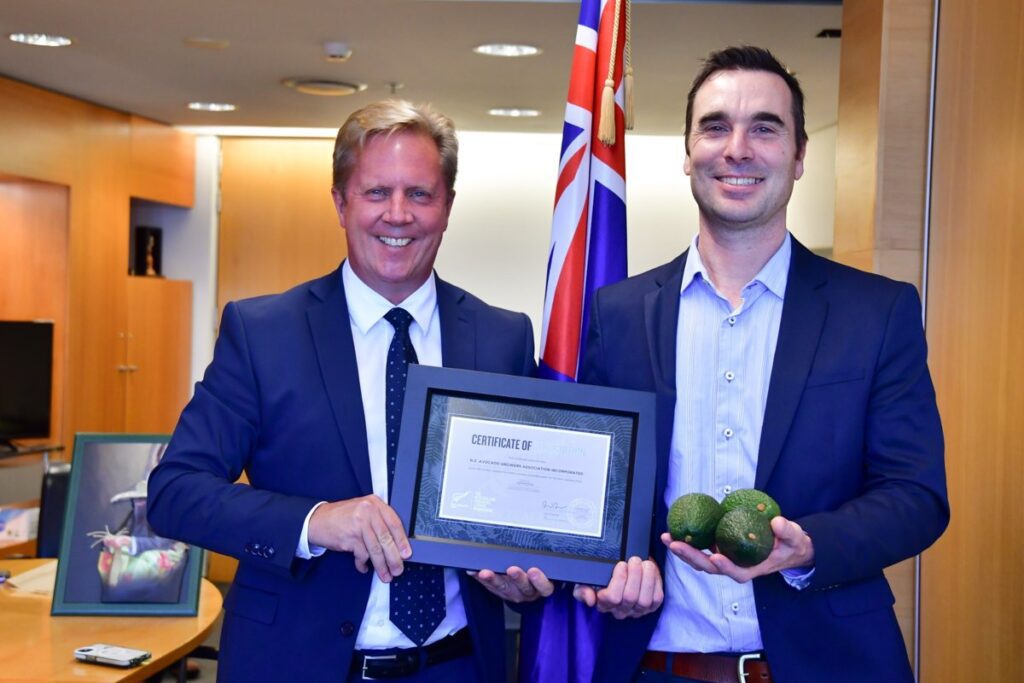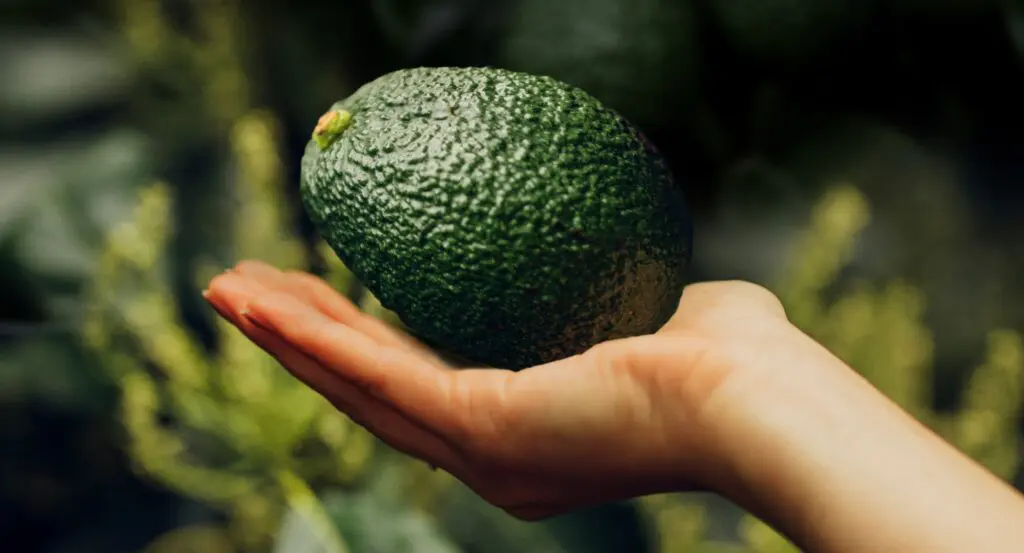United Fresh Market Report 2022 – Finding value in the freshest Kiwi produce
12 December 2022 (taken from a United Fresh media release)
As we near the end of a rollercoaster year of recovery from the global pandemic, New Zealand’s fresh fruit and vegetable growers will be taking a deep breath before they leap into 2023.
United Fresh President, Jerry Prendergast, says the challenges faced by those in our $6 billion horticulture industry this year have been significant.
“Despite the overwhelming media around COVID-19, the weather has actually been the largest cause of disruption to growers throughout the year. A particularly wet autumn left many around the country struggling to maintain a steady supply through the winter months.,” he says.
“Unusually for Aotearoa, the weather bombs that disrupted early plantings hit in virtually every region, rather than just in isolated areas, so the impact was felt nationwide. Further damaging spring frosts in early October gave the blueberry crop a real knock and caused significant damage to both kiwifruit vines and apricot trees,” says Prendergast.
December brings a steady supply of fresh produce and stable pricing on seasonal fruit and vegetables, though inconsistencies in fresh greens still exist with frequent flushes of growth flooding the market then disappearing for a few weeks at a time. The ongoing gaps in the supply of basics such as broccoli and lettuce can be traced to the earlier weather disruptions and should come to an end as the warmer months enable a consistent planting cycle.
“While blueberries will be lower in volume this summer, the country’s other berry crops came through the extreme weather with flying colours. Strawberries recovered quickly from the cold and are just reaching their best this month, while raspberries are also looking fantastic,” notes Prendergast.
“Summerfruit are also looking forward to an excellent season, with the exception of apricots which were damaged by the frosts. Cherries are already in stores around the country while peaches, plums and nectarines are looking great,” he says.
In addition to weather extremes, growers struggled with rising costs throughout the past year from fuel to fertiliser. Labour costs have also risen significantly and the supply of pickers, packers, pruners and drivers who ensure crops move efficiently from field to table is still critically low. While a number of RSEs have now entered New Zealand, most are only just catching up with the demands of seasonal crops let alone getting to work on the day-to-day basics.
“Looking ahead to 2023, the labour shortage is slowly improving and we’re expecting constant improvements in that area. We’re also seeing industry members take a good hard look at their expenses as we head into a tightening economy. It’s crucial that operators at every part of the value chain check their costs and look for new efficiencies in their operations,” says Prendergast.
“Consumers too will need to evaluate the value of the products they’re purchasing. Dollar for dollar, fresh fruit and vegetables provide the highest nutrition – a message we’re continuing to get across to shoppers balancing their budgets. Healthy meals, bulked up with affordable root crops such as kumara are the most affordable way to keep the whānau nourished.
“Despite any challenges to come, the value proposition of New Zealand grown fresh fruit and vegetables remains a solid one. There will always be high quality, nutritious produce available at every part of the year – healthy food is always in season,” says Prendergast.




